Story released by Cincinnati WLWT. Click here to read the story, including video and photos, on the WLWT website.
CINCINNATI — "This virus can change and can change fairly rapidly," Dr. Andrew Beck with Cincinnati Children's Hospital Medical Center.
Beck's blunt assessment is informed by data, not public perceptions.
WLWT investigator Todd Dykes spoke to Beck and two other doctors with the same hospital who analyze real-time, regional coronavirus case counts. They do so in partnership with The Health Collaborative, regional hospitals, public health departments, and the Center for Clinical and Transitional Science and Training (CCTST) at the University of Cincinnati and Children's Hospital.
"There's an enormous amount of information sharing now taking place across hospitals," Dr. Peter Margolis said.
Some of that information includes hospitalizations of COVID-19 patients. One chart on a CCTST dashboard shows plot points of raw numbers. As of Friday, more than 175 people in Southwest Ohio are hospitalized with the coronavirus. In fact, there's been an upward trend since mid-June and higher numbers now than at any point in the pandemic.
ICU beds being used by patients with COVID-19 are not at their peak after a big decline last month, but they're still headed in the wrong direction. The total stands at 55 COVID-19 patients out of 435 current ICU patients in Butler, Clermont, Hamilton and Warren County, according to the Ohio Department of Health.
"Instead of continuing to go down, we start to see ourselves going up," Beck said.
The dashboard also includes a different look at the number of critical care beds available in Southwest Ohio, beds that cover everything from cases of coronavirus to heart attack victims.
Hospitals in the Cincinnati area are at 84% of capacity. The danger zone starts at 95%. But even then, local hospitals would room to expand to as much as 161% of capacity.
"We do have space that we can give, but we need to be very attentive as we're starting to get up into the zone of full hospital beds," Margolis said.
One point of public contention is the coronavirus death rate.
Data from from hospitals in Southwest Ohio, Northern Kentucky and Southeastern Indiana shows a downward trend since mid-May. But the doctors Dykes spoke to said close attention needs to be paid to the death count chart's last marker, which signaled a rise in the number of people who've died from COVID-19.
What happens when researchers add additional markers next week will be critical.
"Come next week when we put the next dot up and it's higher than the last one then that means that the surge of cases that we just saw has funneled through the system and had a series of bad outcomes," Dr. David Hartley said.
In addition to concerns about death counts and hospitalizations, Hartley, Margolis and Beck are also concerned about the growing lag time between taking COVID-19 tests and getting the results.
They said that ideally a person would know if they have the virus in one to two days or less. Because so many more tests are now being conducted in Greater Cincinnati, labs can be overwhelmed. Some WLWT viewers have said they've waited almost a week for their results. If someone is positive, that means an extra week where they could be walking around infecting more people without realizing it.
Story released by Cincinnati WLWT. Click here to read the story, including video and photos, on the WLWT website.


